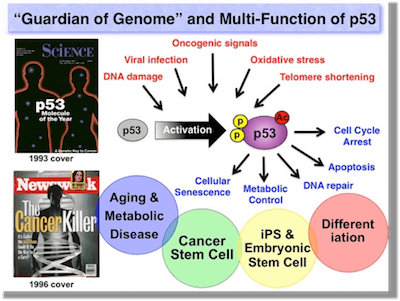Upon technical innovations of big-data as well as omix analysis, the cutting-edge technologies such as single-cell sequencing and genome-editing system is emerging a big paradigm shift in the field of molecular biology and diagnosis. This isbonafide a kind of molecular biological movement of the Renaissance to answer the question of 120 years ago “D'où Venons Nous Que Sommes Nous Où Allons Nous”, a testament of Paul Gauguin. These technologies enable us, not only to dynamically,qualitatively, visually and systematically understand underling mechanisms of single gene, single molecule, single cell and their complicated networks in vivo, also to pursue the mechanistic insight into “Life, Aging, Disease and Death”, andthereby control them. Our lab organizes research projects, focusing on tumor & stem cell biology, regenerative medicine, aging as well as disease pathophysiology with the theme in molecular biology and diagnosis of “Life-Aging-Disease-Death”,based on novel technologies & methodologies.
Department of Molecular Diagnosis
Professor Tomoaki Tanaka, M.D., Ph. D.

-- under construction --